Audio Systems Basics
Ever wondered what’s behind the music that moves you, the podcast that enlightens you, or the movie sound effects that thrill you? At the heart of these experiences are the audio systems – the unsung hero. For AV professionals and enthusiasts, getting to grips with audio systems basics isn’t just about fiddling with knobs and buttons; it’s about tapping into the full sonic potential to craft immersive soundscapes. Whether you’re dreaming up a state-of-the-art home theater, dialing in the perfect sound for a professional recording studio, or simply enhancing your daily music experience, diving into the fundamentals can radically transform your interaction with sound. Understanding Sound Fundamentals Why all the fuss about sound waves, frequency, and amplitude? These aren’t just technical jargon; they’re the cornerstone of audio magic. Sound is essentially a physical phenomenon that moves through the air in waves. Whether you’re strumming a guitar, hitting a drum, or speaking, you’re setting off vibrations. These vibrations, or sound waves, have two main features that you’ve likely heard of: Getting a handle on these concepts is crucial for anyone dabbling in audio systems design or usage, impacting everything from system setup to how sound is perceived in different environments. The Physics of Sound At its core, sound is energy that propagates through air (or any other medium) as a wave. These waves are created by vibrating objects and are captured by our ears and then interpreted by our brains. This process is what allows us to experience the world in such a rich auditory way. Understanding this can help AV professionals create more effective audio setups by considering how sound waves interact with the environment. The Role of Frequency and Amplitude Harmonics and Overtones Another layer to understanding sound is harmonics and overtones, which add richness and depth to music and speech. When a guitar string vibrates, it doesn’t just produce a single frequency (the fundamental tone) but also generates multiple higher frequencies (overtones). These overtones are integral to the characteristic sound of instruments and voices. Knowledge of this can help audio professionals choose equipment that preserves these nuances, enhancing the listening experience. The Importance of Phase Phase refers to how sound waves align with each other. When waves are in phase, they amplify the sound; when they’re out of phase, they can cancel each other out, causing a “thin” or “hollow” sound. This concept is crucial in setting up speakers and microphones for a podcast or recording session, where improper mic placement can lead to phase issues and degraded audio quality. Types of Audio Systems When it comes to audio systems, one size does not fit all. We’ve got mono, stereo, and surround sound systems, each bringing something special to the table: Components of Audio Systems At the core of any audio system, you’ll find essential components: microphones, mixers, amplifiers, speakers, and DSP (Digital Signal Processors), each with a vital role in capturing, tweaking, and reproducing sound: The right mix of these components depends on your needs, whether it’s capturing the nuance of a voice for a podcast or shaking the room with a movie soundtrack. Choosing the Right Components Selecting the right components is a balancing act between budget, performance, and the specific needs of your project. Consider the end goal: Is it clarity and fidelity for studio recordings, or durability and power for live performances? Understanding the role and capability of each component within your system is key to making informed decisions that enhance your audio experience. Introduction to Balanced Audio Aiming for crystal-clear sound? Balanced audio steps into the spotlight here, minimizing noise interference that often plagues unbalanced audio setups. This tech cleverly sends audio signals over three wires (two signals and one ground) to cancel out any noise picked up along the way. XLR connectors are the champions of maintaining sound quality over distance, making them a staple in professional audio setups. check our Solderless Balance Audio end points. Audio Systems Setup Basics Setting up audio systems might seem like a daunting task, but understanding the signal flow can simplify the process: Common Pitfalls to Avoid Maintaining and Troubleshooting Audio Systems Regular maintenance and prompt troubleshooting are key to the longevity and performance of audio systems: When to Seek Professional Help While many common issues can be resolved with basic troubleshooting, We encourage you not to navigate the complexities of audio systems alone. For personalized support, expert advice, or if you’re facing persistent issues that affect your system’s sound quality or functionality, reach out to us. Contacting SoundMate is easy and convenient—simply send us an email abc@soundmate.xyz or fill out a contact at the end of our homepage. Our team of experts is dedicated to ensuring your setup delivers the best possible sound quality, with minimal hassle and maximum satisfaction. Visit our blog series for more insights and tips, and elevate your sound with SoundMate—where quality meets innovation.
